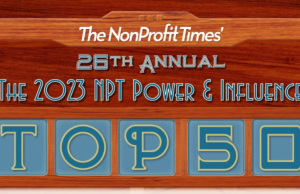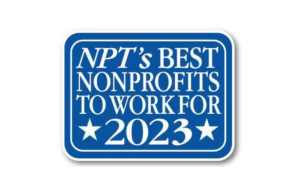Wealth inequality, public trust in institutions, and the good and bad of technological proliferation, are just some of the nearly dozen trends for philanthropy in the coming year.
The Grand Rapids, Mich.-based Dorothy A. Johnson Center for Philanthropy at Grand Valley State University issued its most recent report, 11 Trends in Philanthropy for 2021.
“We’ve written in the past about the blurring of boundaries across sectors, and we saw this in the COVID-context with everything from how emergency needs of people in communities were addressed to how protective equipment was distributed,” Executive Director Teri Behrens wrote in the preface to the report.
“The trends we’re revisiting and exploring here are manifestations of these larger questions about the roles of institutions, how they interact with each other, and how to balance the many competing demands inherent in U.S. political and economic systems. The health, economic, and racial justice crises of 2020 may represent an inflection point in how some of these tensions are managed or resolved. Within the philanthropic sector, many organizations shifted focus or practices in response to these events.”
The 32-page report lays out, in no particular order, these 11 trends for 2021:
- Dynamic and disruptive forces are increasingly at work
- The nonprofit sector has a unique opportunity to build public trust
- The growth of social justice funding and the risk of movement capture
- Increasing attention to how much and where money flows — or doesn’t
- Trauma-informed philanthropy builds community resilience
- Philanthropy and reparations: Righting the past
- Philanthropy and government play increasingly overlapping roles in the public sphere
- It’s getting harder and harder to distinguish philanthropy and business
- From international grantmaking to the globalization of philanthropy
- Data comes of age in philanthropy
- Philanthropy’s Next Gen is starting to make big changes
“We think you’ll find among these essays that the critical questions we face in the aftermath of the chaos and trauma of 2020 are ones that the sector has been wrestling with for years, but must now address more forcefully,” according to the report.
“Each of these trends has real implications for our day-to-day work, how we carry out our missions, and how we broaden our frame on public good,” according to the report. “Many of our colleagues and communities have been hard at work on these issues for years, even generations. Others have embraced shifts in focus and practice in response to a remarkable year. This work gives us hope, and we’ll be keeping an eye out to see whether these shifts prove permanent or more temporary.”










